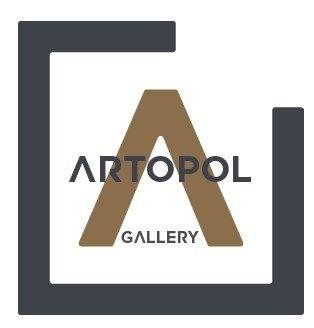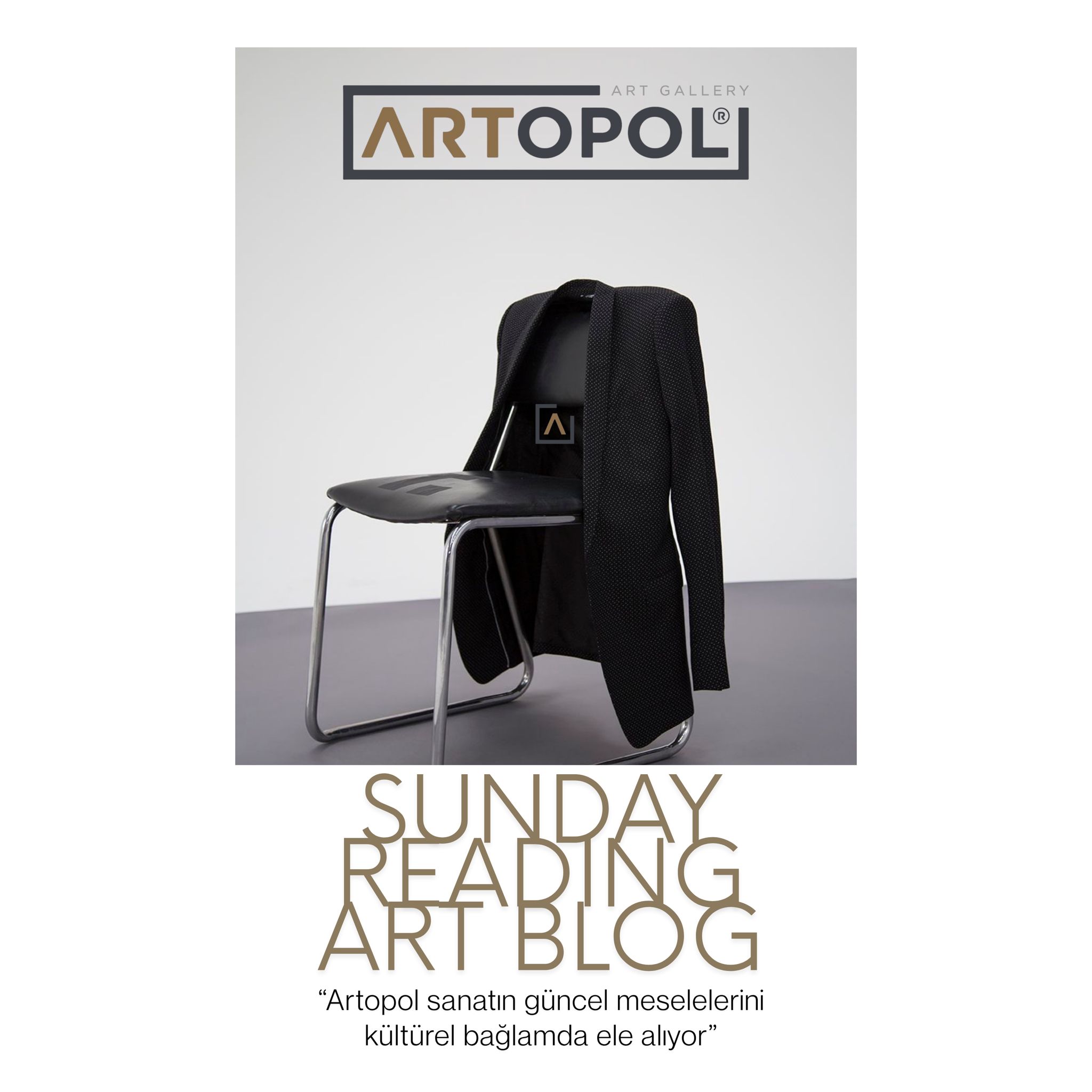Contemporary art encompasses a wide range of perspectives even in its definition. Primarily, according to the majority view, contemporary art is current art that reflects the time we live in. While its starting point is often considered the 1900s, there is significant debate on this matter. Beyond this, contemporary art has distinct features that differentiate it from modern art, making it easier to define.
There are numerous differences in methods, tools, and approaches. When discussing modern and contemporary art, it is possible to refer to many forms, from Impressionism to Dadaism, Pop Art, and installation art. These distinctions help clarify the differences. The contributions of Turks to contemporary art, which incorporates influences from various nations, cannot be denied.
Since the 1950s, the rapid changes of life, urban structure, and the undeniable reality of technology have dominated the art agenda and defined contemporary life. These elements, which have replaced nature, are key concerns for the artist in both art and human terms. Contrasting trends such as Pop Art and Minimalism developed different approaches to this contemporary reality and shaped the era through production methods highlighting significant aspects of reality, reflecting the core sensitivities within the artists' personalities.
Important Movements in Contemporary Art
Contemporary art spans a long period and has been shaped by numerous significant movements, including:
Impressionism
Named after Claude Monet’s painting Impression, Sunrise, Impressionism captures not only visible reality but also the artist’s perceptions and emotions, which are expressed on the canvas. Important Impressionist artists include Claude Monet, Édouard Manet, Pierre-Auguste Renoir, Paul Cézanne, Vincent Van Gogh, Camille Pissarro, Frédéric Bazille, Mary Cassatt, Gustave Caillebotte, Armand Guillaumin, Berthe Morisot, Edgar Degas, Alfred Sisley, İbrahim Çallı, Nazmi Ziya Güran, Elif Naci, Namık İsmail, Hayri Çizel, Hüseyin Avni Lifij, Halil Paşa, Hikmet Onat, and Feyhaman Duran.
Expressionism
Expressionism emerged as a response to wars, industrialization, and social issues, reflecting the artist's inner world rather than reality. The focus is on human emotions, presenting feelings such as sorrow, surprise, exhaustion, fear, pain, and joy. This movement became widespread in France and Germany. Notable artists include Edvard Munch, August Macke, Franz Marc, Ernst Ludwig Kirchner, James Ensor, Henri de Toulouse-Lautrec, Oskar Kokoschka, Wassily Kandinsky, Fikret Mualla, Mehmet Gün, and Fethi Arda.
Fauvism
Characterized by flat and clean application of colors, Fauvism uses a limited palette and relies on tones and line work instead of shading to create depth. Key artists include Henri Matisse, André Derain, Maurice de Vlaminck, Raoul Dufy, Albert Marquet, Kees van Dongen, Othon Friesz, Georges Henri Rouault, Charles Camoin, Henri Charles Manguin, Maurice Marinot, Karl Pärsimägi, and Rik Wouters.
Cubism
This movement, based on the idea that everything in nature is composed of cubic and geometric shapes, pioneered painting using geometric forms. Important Cubist artists include Pablo Picasso, Paul Cézanne, Georges Braque, Juan Gris, Fernand Léger, Albert Gleizes, Jean Metzinger, Roger de la Fresnaye, André Lhote, Jacques Limpchitz, Aleksander Archipenko, Robert Delunay, Nurullah Berk, Hale Asaf, and Cemal Tollu.
Futurism
Futurism focuses on motion and the dynamic nature of life and the universe. Key artists include Umberto Boccioni, Giacomo Balla, Carlo Carrà, Luigi Russolo, Gino Severini, Ivo Pannaggi, Benedetta Cappa Marinetti, and Mino Delle Site.
Dadaism
Emerging as a protest against World War I, Dadaism challenges conventional human values and often uses unconventional materials such as wood. Notable artists include Marcel Duchamp, Francis Picabia, Kurt Schwitters, Max Ernst, and Raoul Hausmann.
Surrealism
Building on Dada principles but in a more systematic way, Surrealism explores the unconscious mind. Key artists include Giorgio de Chirico, Max Ernst, Jean Arp, Francis Picabia, Marc Chagall, Rene Magritte, Yves Tanguy, Alberto Giacometti, Salvador Dali, Frida Kahlo, Paul Delvaux, Joan Miró, Man Ray, Henri Rousseau, Leonora Carrington, Selma Gürbüz, Gürkan Coşkun (Komet), Ertuğrul Oğuz Fırat, Mazhar Toğrul, Utku Varlık, Ekrem Kahraman, Nuri Abaç, Ergin İnan, Erol Deneç, Habip Aydoğdu, Aslan Gündaş, Gülseren Südor, Kayıhan Keskinok, Teoman Südor, Fikri Cantürk, Bünyamin Balamir, and Ertuğrul Ateş.
Abstract Art
Abstract art transforms objects from nature or imagination into non-representational forms. Key artists include Wassily Kandinsky, Piet Mondrian, Max Ackermann, Jean Arp, Franz Kupka, Robert Delunay, Josef Albers, Jean-Michel Atlan, Else Alfelt, Gregory Amenoff, Félix Anaut, Karel Appel, Abidin Elderoğlu, Zeki Faik İzer, Halil Dikmen, Sabri Berkel, Şemsi Arel, Ercüment Kalmık, Adnan Çoker, Cemal Bingöl, Lütfü Günay, Adnan Turani, Cemil Eren, Nejat Devrim, Zeki Faik Üzer, Abidin Dino, Arif Bedii Kaptan, Devrim Erbil, Ömer Uluç, Mustafa Ayaz, and Zafer Gençaydın.
Abstract Expressionism
This movement emphasizes spontaneous, gestural, and monumental forms. Many artists belong to this category, characterized by its dynamic and divided nature.
Constructivism
Constructivism focuses on the integration of contemporary materials and geometric principles. Important artists include Vladimir Tatlin, El Lissitzky, Kazimir Malevich, L. Moholy-Nagy, Alexander Rodchenko, Varvara Stepanova, and Nurullah Berk.
Conceptual Art
Conceptual art refers to artworks that do not resemble traditional forms and prioritize ideas over aesthetics.
Land Art
Land art involves creating art in natural spaces, such as caves or forests, emphasizing the human interaction with nature.
Pop Art
Emerging in response to Dadaism and Abstract Expressionism, Pop Art appeals to broad audiences and incorporates symbols from everyday life. Mass media is considered a key influence.
Minimalism
Originating in the 1960s, Minimalism emphasizes simplicity and objectivity. It is also called ABC art or minimal art.
Street Art
Street art is an anti-disciplinary movement that communicates directly with society. Artists use urban spaces to deliver their works.
Performance Art
Contemporary performance artists develop unique techniques, modify forms of expression, and create works through real actions. Notable artists include:
- Melati Suryodarmo
- Robert Wilson
- Amanda Coogan
- Yoann Bourgeois
- Leman Sevda Darıcıoğlu
- Marina Abramović
Installation Art
Installation art refers to setting up, arranging, or constructing spaces. Also known as assemblage and environmental art, it emerged in Europe in 1960 and can be performed in both open and enclosed spaces. It combines natural and human-made elements. Galleries and architects use installation art to attract attention to works. Robert Smithson categorized installation art into site-specific and site-independent types. Since the 1980s, installation art has incorporated tools beyond natural materials, including sound, video, internet, and computers.
Visual Source: Wikipedia



